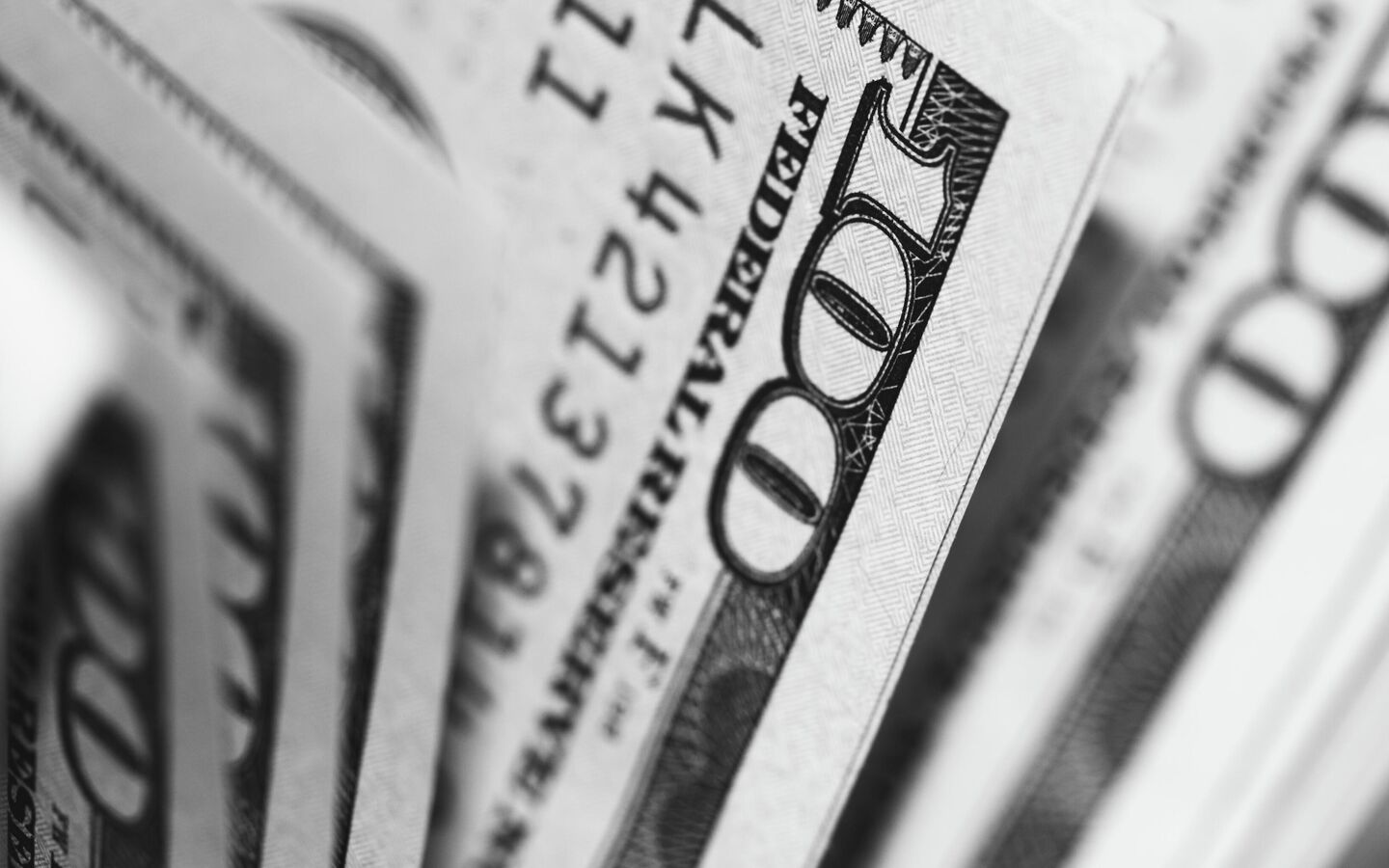The U.S. dollar is rising, signaling that the Federal Reserve may keep interest rates high. This belief is pulling in investors.
They seek better returns than Europe and Asia, lifting the dollar’s value. The Bloomberg Dollar Index recently showed nearly a 1% increase.
This marks its eighth straight weekly gain.
Global economic health shows a divide. The U.S. is growing, while Europe and China are slowing down.
Experts expect rate cuts in developing countries. New data reinforces this idea. The ISM services index reached a six-month peak.
New orders and jobs fuel this rise. First-time jobless claims are at their lowest since February.

Experts like Kit Juckes point out U.S. resilience. A Federal Reserve estimate shows a 5.6% U.S. growth rate this quarter.
Many predict the Fed will update its 2023 growth outlook, cutting back future rate reductions.
This dollar strength has effects. China and Japan are working to support their currencies. European Central Bank members advocate for sooner rate hikes.
Most currencies have slipped against the dollar this week.
“Talk is cheap without data to back it,” says Edward Moya of OANDA, a currency trading firm. He sees little impact from efforts to bolster other currencies.
Reasons include Japan’s weak threats, China’s property woes, and poor factory orders in Germany.
Context
The U.S. dollar’s strength has a historical context. It’s often seen as a “safe haven” during uncertain times.
In the 2008 financial crisis, the dollar also saw gains. Similarly, during the COVID-19 pandemic, investors turned to the dollar.
This happened despite initial shocks to the U.S. economy.
In contrast, the Euro has faced hurdles. Issues like Brexit and economic disparity among EU nations weakened it.
The Chinese Yuan is also under scrutiny. Tensions between China and the U.S. affect its value.
These geopolitical factors can influence currencies.

